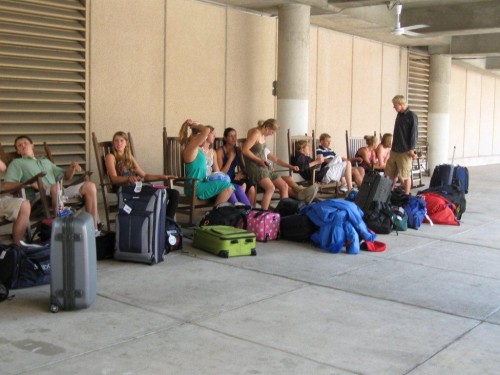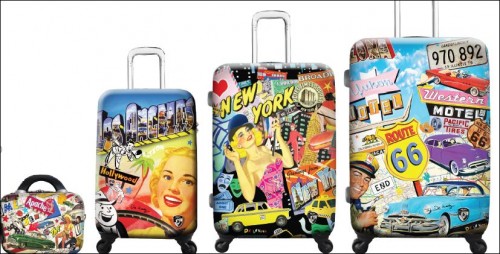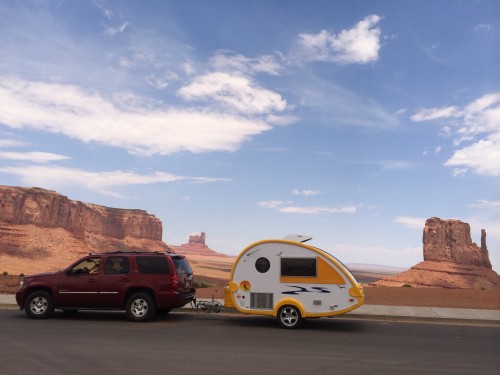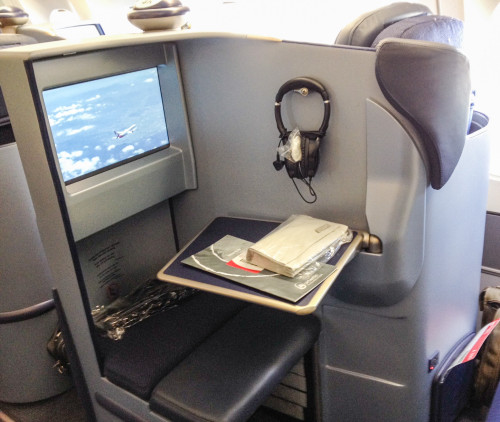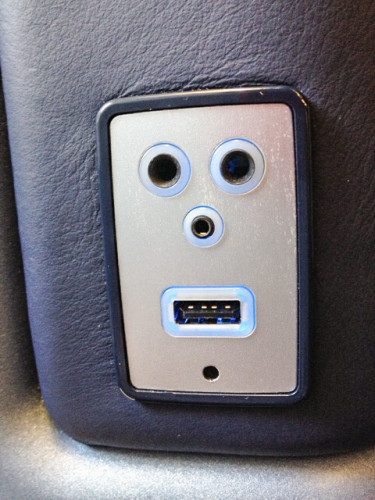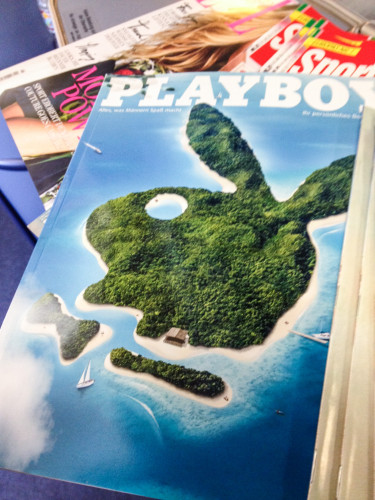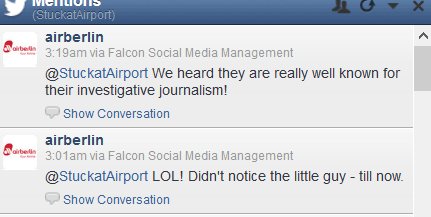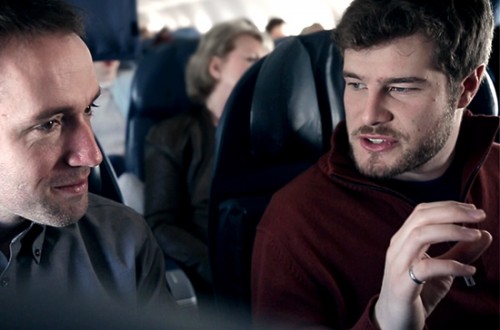Free shoe shines
It seems like an old-fashioned service, but many airports still have shoe shine stands staffed by friendly men and women who, for very reasonable fees, can transform scuffed travel shoes or boots into impressive footwear while you relax, read the paper, return a phone call or chat.
At Los Angeles International Airport shoe shines are free (so tip generously) in most every terminal. The Shoe Hospital at Chicago’s O’Hare International Airport not only shines shoes, but fixes broken heels, sells shoelaces, fixes zippers, repairs bags, purses and suitcases and, for those who indulge a bit too much while traveling, punches extra holes in belts that they will also shine.
Layover spa days
A little pampering goes a long way when it comes to improving your travel outlook and appearance. Barbershops, spas and salons at an ever-increasing number of airports offer services that range from haircuts, shampoos and shaves to facials, pedicures, manicures and massages at prices generally on par with what you pay for these services in town.
Some services are discounted during a happy hour offering during the first hour of business (usually between 6 and 7 a.m.) at the Massage Bar, which has branches at seven airports. “Upwards of 65 percent of our clients are business people who are always traveling,” said Massage Bar CEO Chris Woods, “and the clientele make-up is almost 50/50 men and women.”
XpresSpa, with branches in about 50 airports worldwide, has a free membership program that gives discounts and special offers and $5 in rewards points for each $100 you spend. And between Thanksgiving and Christmas, Terminal Getaway Spa, with branches at Chicago O’Hare, Charlotte Douglas and Orlando International Airport, will be giving away treatments via Twitter.
Leverage the lounges
An uptick in business travel means airlines and independent operators are adding lounge locations and upgrading décor and amenities at existing lounges in many cities. If you don’t already get access with your frequent flier status, business class ticket, credit card or travel buddy, consider the $50 one-time entry fee a sanity-saving investment if only for the drinks, snacks, comfortable seating and workspace it can get you.
“But beware,” says TravelSkills founder Chris McGinnis. “Many lounges won’t allow walk-ins when they are overcrowded, so you can’t always count on getting in to the one you want to.” The solution? “You can often walk across the hall or to another concourse and try buying entry into another one,” he said.
Doggin’ it
Teams of trained therapy dogs regularly visit many airports and there’s no cost to spend a few stress-reducing minutes lapping up some love from these pups when you see them.
Passengers who need to board their own pets while traveling can save time by using pet hotels located on or near airport properties. Now Boarding at Minneapolis-St. Paul International Airport, for example, boards cats, dogs and a variety of “little critters” and offers parking, airport shuttle rides, multi-pet discounts and frequent visitor benefits. The 24-hour service makes early morning drop-offs and late night pick-ups possible, which can reduce the number of boarding nights you’ll need to pay for.
Stop and smell the roses
Instead of parking yourself at a gate, head to a free airport observation deck to chill out and take a look around. The BWI Observation Gallery in Baltimore is located pre-security and, in addition to great airfield views, has aviation exhibits, children’s play equipment, charging stations and a cocktail lounge. At LAX, the Observation Deck on top of the Theme Building in the middle of the Central Area is open each Saturday and Sunday from 8 a.m. to 5 p.m., offering airport and Los Angeles views for free.
There’s an indoor, aeroponic garden at Chicago O’Hare Airport where herbs and vegetables used in many airport restaurant dishes are grown and, the recently renovated Dallas Love Field airport, the pre-security outdoor Moss Lee Love Garden is home to live plants and grasses and artwork that includes 12-foot-tall cast-bronze trees.
Shopping for deals
Shopping can be great therapy and shopping for gifts during a layover can save time and money.
Many airports have a “street pricing” policy that prohibits shops (and restaurants) in the terminals from adding surcharges to the prices. You can avoid sales tax on all purchases when shopping at Oregon’s Portland International Airport and avoid sales on clothing (and shoes) when shopping at Minneapolis-St. Paul International Airport (MSP) and Pittsburgh International Airport’s AirMall.
And don’t be shy about using coupons. MSP airport regularly updates a long list of downloadable discount coupons good at airport shops and restaurants, and while no expiration dates are listed on the coupons available from San Antonio International Airport, airport spokeswoman Nora Castro says they are updated quarterly to reflect the latest vendor deals.
During the holidays, many airport shops provide free gift wrapping and shipping and gift-with-purchase offers as well.
